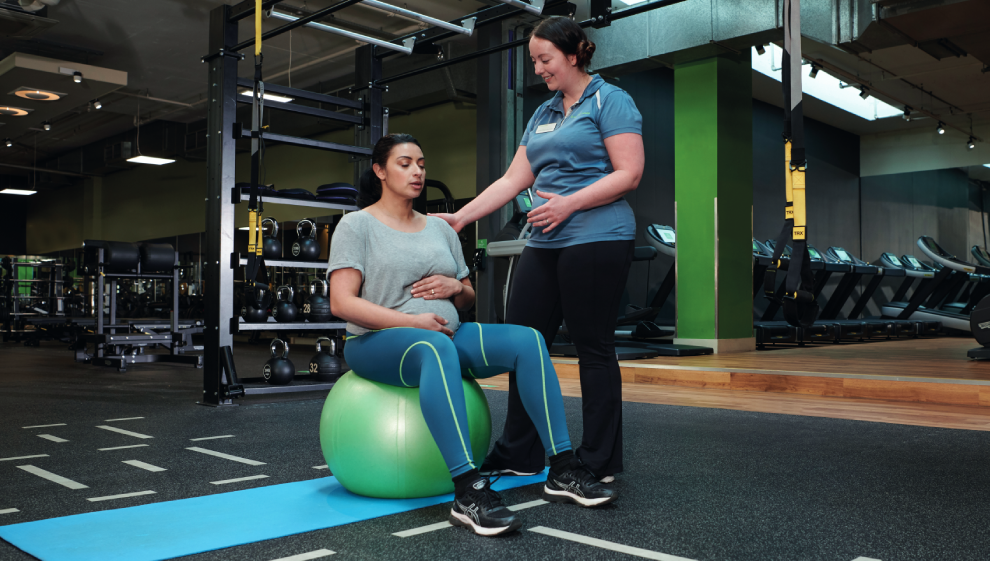Fight urinary incontinence with pelvic floor exercises
- Overview
What is urinary incontinence?
Urinary incontinence is very common but it should never be classed as being ‘normal’, whatever age you are.
As many as 1 in 3 women experience urinary 'stress' incontinence (USI), a type of incontinence commonly caused by weakened or damaged pelvic floor muscles. Weak pelvic floor muscles and urinary sphincters simply aren’t strong enough to prevent urine from leaking when your bladder is under stress, for example – when you sneeze, cough, or exercise.
We all have pelvic floor muscles, and sometimes they can cause issues. However, women are especially vulnerable - particularly during pregnancy, following childbirth and after menopause.
Performing simple pelvic floor exercises, whether you're at home or on the go, can significantly improve - and in some cases successfully treat - your condition. Here's how you can get started:
Pelvic floor exercises
- Begin by lying down on your back or your side with your knees bent in front of you.
- The aim is to squeeze your internal muscles as if you were trying to stop yourself from passing wind or urinating. You should feel as if you are drawing your pelvic floor up and in towards the centre of your body. Make sure you are not mistakenly clenching other muscle groups like your buttocks, or squeezing your knees together.
- Remember to keep breathing as you squeeze your pelvic floor. Try to breathe deeply from your diaphragm. Counting out loud or humming a tune can help stop you from holding your breath.
- Do a mix of short and long squeezes. During the short squeezes, lift your pelvic floor and immediately let go – repeat until you get tired. For long squeezes, lift and hold your pelvic floor for more than a few seconds or as long as you can.
- Aim to build up a routine of 10 slow and 10 fast squeezes three times a day.
- Once you have mastered the technique, try the same exercises sitting or standing up. Try to do the exercises during daily activities like sitting at your desk, walking or watching television.

Not seeing the results you expected? Sometimes solving your incontinence problems requires a little more help. Our expert consultants can tell you more about surgical options like pelvic floor repair.
Last updated Wednesday 10 May 2023
First published on Friday 4 September 2015


